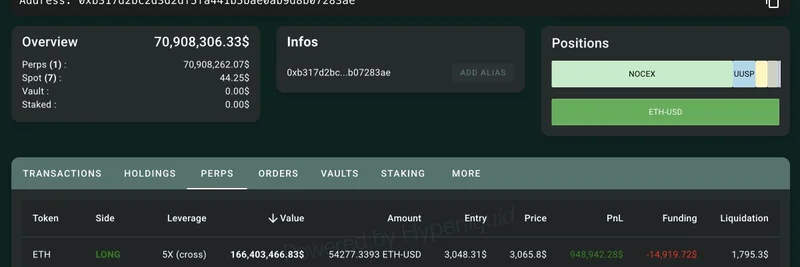Hey there, crypto enthusiasts! If you’ve been keeping an eye on the latest buzz in the blockchain world, you might have stumbled across an intriguing post by Nick White on X. Posted on July 3, 2025, Nick (@nickwh8te) shared a thought-provoking take on centralized sequencers and their role in the blockchain ecosystem. Let’s break it down and explore what this means for the future of crypto, especially for those of us diving into the wild world of meme tokens and blockchain tech!
What Are Centralized Sequencers, Anyway?
First things first—let’s clarify what a sequencer is. In blockchain lingo, a sequencer is like the traffic cop for transactions on Layer 2 networks (think of these as the "highways" built on top of the main blockchain, or Layer 1). A centralized sequencer is a single entity that decides the order in which transactions are processed before they’re bundled up and sent to the Layer 1 network, like Ethereum or Solana. Nick’s point? These sequencers don’t operate in a vacuum—they lean on the robust, decentralized foundation of Layer 1 blockchains.
This setup is a bit of a game-changer. By inheriting the security and decentralization of Layer 1, centralized sequencers can offer speed and efficiency without completely ditching the core principles that make blockchain awesome. Nick sums it up nicely: "single sequencer + L1 >>> single operator." In other words, pairing a centralized sequencer with a decentralized Layer 1 beats having a single entity control everything.
The Pros and Cons: A Balanced Look
Now, this idea isn’t without its debates, and Nick’s post sparked some interesting replies. For instance, @0xEM3KA pointed out a big concern: a single sequencer still holds the power to order transactions, which could lead to issues like censorship or maximal extractable value (MEV), where the sequencer might manipulate transaction order for profit. It’s a valid worry—after all, if one party controls the flow, it’s a potential weak spot.
On the flip side, @MannerBoy1981 sees it as a "solid middle ground." Centralized sequencers can deliver the efficiency we crave (faster transactions, lower costs) while still tapping into the trustless nature of Layer 1. This balance is key, especially as blockchain tech evolves to support growing ecosystems like meme token projects, where speed and accessibility matter.
How This Ties to the Bigger Picture
Nick’s post ties into his broader worldview, which he outlined in an earlier tweet. He predicts that successful apps—think meme token platforms or DeFi tools—will evolve into their own application-specific rollups, specialized Layer 2 solutions. These rollups will cluster around a few powerful Layer 1 networks, creating a landscape of "many fat apps" and "a few very fat L1s." Centralized sequencers could be the glue that makes this vision work, streamlining operations while leaning on Layer 1’s security.
For those of us at Meme Insider, this is exciting stuff! As meme tokens grow in popularity, understanding how Layer 2 scaling solutions like sequencers operate can help practitioners build faster, cheaper, and more resilient projects. Plus, it’s a reminder that the blockchain trilemma—balancing decentralization, security, and scalability—is still very much in play.
What’s Next for Sequencers?
The discussion around centralized vs. decentralized sequencers is heating up. Resources like Metis and CoinDesk highlight that while centralized sequencers offer speed, the push toward decentralization is strong to avoid single points of failure. Innovations like Distributed Validator Technology (DVT) might soon distribute sequencer duties across multiple nodes, blending the best of both worlds.
For now, Nick’s take encourages us to see centralized sequencers as a practical step forward, especially when paired with solid Layer 1 foundations. As the crypto space evolves, keeping an eye on these developments will be crucial—especially for meme token creators looking to ride the next wave of blockchain innovation.
So, what do you think? Are centralized sequencers a smart compromise, or do we need to double down on decentralization? Drop your thoughts in the comments, and stay tuned to Meme Insider for more deep dives into the tech shaping our favorite meme tokens!



